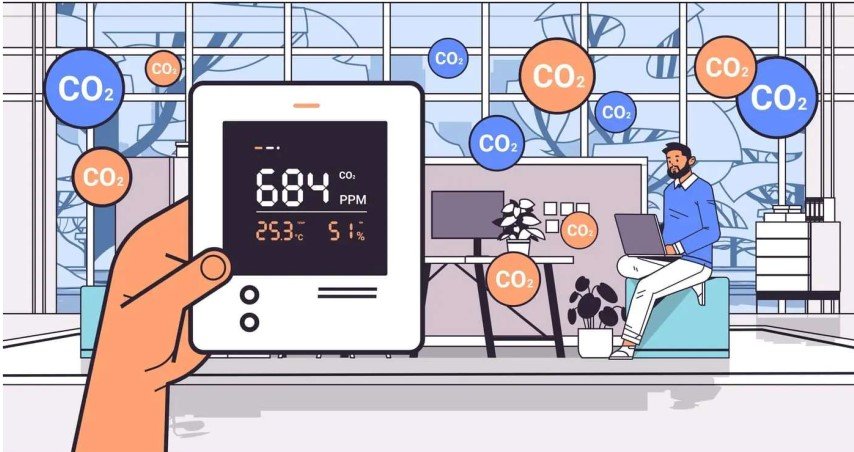The amount of covid-19 virus in circulation in New Hampshire was trending lower when the “emergency” tracking ended on May 11th. My guess is that levels will stay fairly low for the next few months as the weather improves and people spend more time gathering outside and opening windows. But, on the other hand, when we have more days where the air conditioning is running, then the amount of fresh air will be reduced and the number of infections will rise. (Not that ventilation should be reduced of course—it should continue at healthy levels year round!)
Below is a graph from Covid ActNow, showing the most reliable metric we had—hospitalizations. The low point of the seven-day average was 17 on June 22, 2021, just before the Delta variant arrived. This means just 17 people in the whole state (1.4 million people). You can see that on May 11th, 2023 we were a bit higher (29).
We used hospitalizations instead of cases because the numbers of cases being tracked were just the tip of the iceberg, as people used home tests, rode it out without testing, or didn’t even know they were infected.
The state of New Hampshire tracked the numbers differently, and unfortunately did not post hospitalization numbers. The graph below shows cases—and these ended at about twice the low point of 18 on June 26, 2021. The breakdown of deaths by age is useful—but of course the numbers and severity of "long covid" are not reflected in these graphs.
The virus level was not quite down to the 2021 low points, but its affect on children has been so small that we have ended our practice of antigen tests for children before family gatherings. We are continuing our testing of adults for family gatherings, and of daily testing for the workplace.
India has had a covid surge, there are reports that China is heading into one, and the US mostly has stopped even counting! We are left to be flying blind — maybe at low levels, maybe not. Personally, I know of many cases in the last few weeks.
We think there will be some level of tracking continuing, but it seems that the agencies doing it haven’t figured out their new systems. We have some hope that wastewater sampling for the covid-19 virus is continuing at many locations.
We’ll give you an update when we know more!
Now You Can Search This Blog!
We have added a “search” bar for this blog - scroll all the way down
to the very bottom of a blog page to find the search bar.










